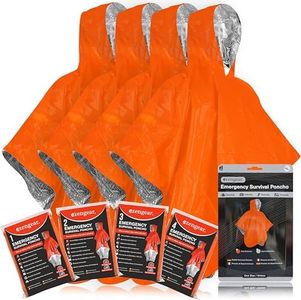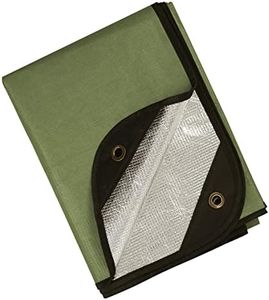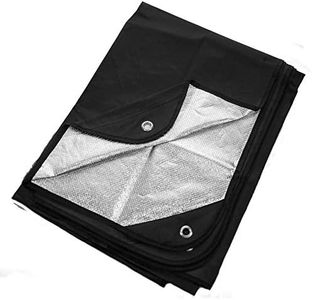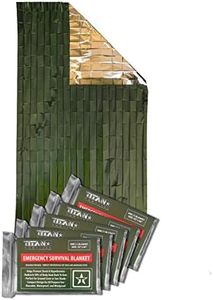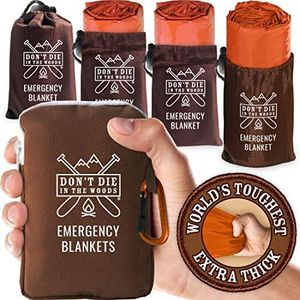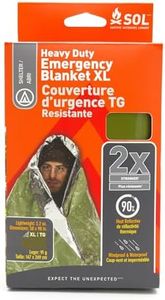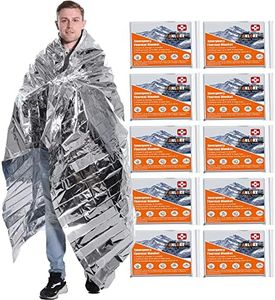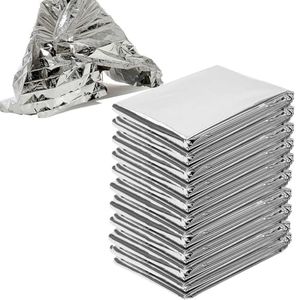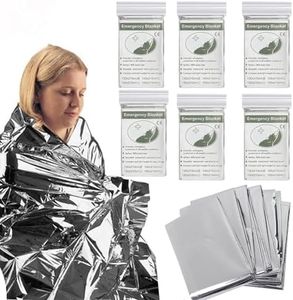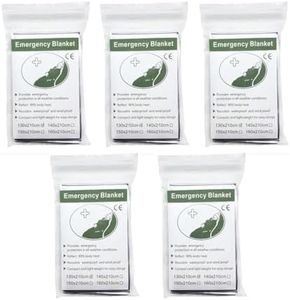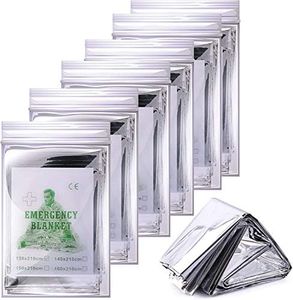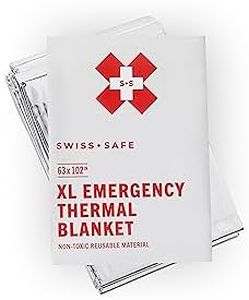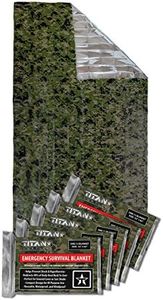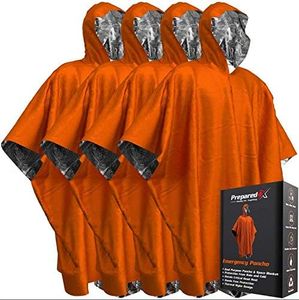We Use CookiesWe use cookies to enhance the security, performance,
functionality and for analytical and promotional activities. By continuing to browse this site you
are agreeing to our privacy policy
10 Best Mylar Blankets
From leading brands and best sellers available on the web.Buying Guide for the Best Mylar Blankets
Mylar blankets, also known as emergency blankets or space blankets, are lightweight sheets made from a thin plastic material coated with a metallic reflecting agent. These blankets are commonly used for emergency situations to retain body heat and offer protection from elements like wind and rain. When picking the right mylar blanket, it’s important to consider how, where, and for how long you intend to use it. Are you preparing for hiking, camping, a car emergency kit, or disaster preparedness at home? Your intended use will help you focus on the specs that matter most for your safety and comfort.SizeThe size of a mylar blanket refers to its length and width when fully unfolded. This is crucial because a blanket that’s too small might not fully cover an adult, reducing its effectiveness in retaining body heat or protecting from the elements. Sizes typically range from compact options for one person (about 52 x 82 inches) to larger versions that can wrap around more than one person. For solo outdoor use, a standard size is sufficient, but if you want to cover more people, spread the blanket as a ground sheet, or make a makeshift shelter, a larger option is wise.
ThicknessThickness, usually measured in microns (µm), indicates how sturdy and durable the blanket is. Thinner blankets are lighter and more compact, making them easier to carry, but they might tear more easily and offer less protection against wind and rain. Thicker blankets are heavier and bulkier, but they provide better durability, insulation, and protection. If you expect to use the blanket just once or in a pinch, thinner might be fine; if you want to reuse it or face harsh weather, choose a thicker one.
ReflectivityReflectivity measures how well the blanket bounces back heat to your body. Most mylar blankets reflect around 80-90% of body heat. Higher reflectivity means better warmth retention, which is ideal for very cold environments or emergencies where staying warm is the top priority. For moderate conditions, reflectivity is less critical, but if you’re planning for worst-case scenarios, prioritize a blanket with high reflectivity.
Durability and Tear ResistanceDurability is about how well the blanket resists ripping or puncturing. Some mylar blankets include reinforcements or special coatings that boost tear resistance. More durable blankets can be used multiple times and can withstand rougher conditions, such as being used on rocky ground or as a shelter. For simple, one-time use, standard models suffice; if you need the blanket for repeated use or as a multipurpose emergency tool, pick a reinforced or heavy-duty one.
Waterproof and Windproof QualitiesMylar blankets provide a degree of water and wind resistance because of their material. However, some are more effective than others, depending on their construction. Absolute waterproofing is important if you think you’ll need shelter from rain or wet ground. Windproof capability helps in cold, breezy environments. Consider your environment—wet, windy, or both—when deciding how much importance this has for you.
Packability and WeightPackability means how small and light the blanket is when folded, which affects how easy it is to carry and store. Lighter and more compact blankets are great for hiking, backpacking, or keeping in a glove box. Larger and heavier blankets can be harder to carry but may offer better protection. Think about whether you’ll carry it everywhere or store it for home/car use to guide your choice.
Additional FeaturesSome mylar blankets include extras such as grommets (eyelets), which make it easier to use as a tarp shelter, or come in double-sided colors (for signaling or camouflage). Others may be part of a kit with stuff sacks, whistles, or other tools. These can be valuable based on your intended use—choose features that suit your activities, such as signaling for rescue or setting up shelters.
